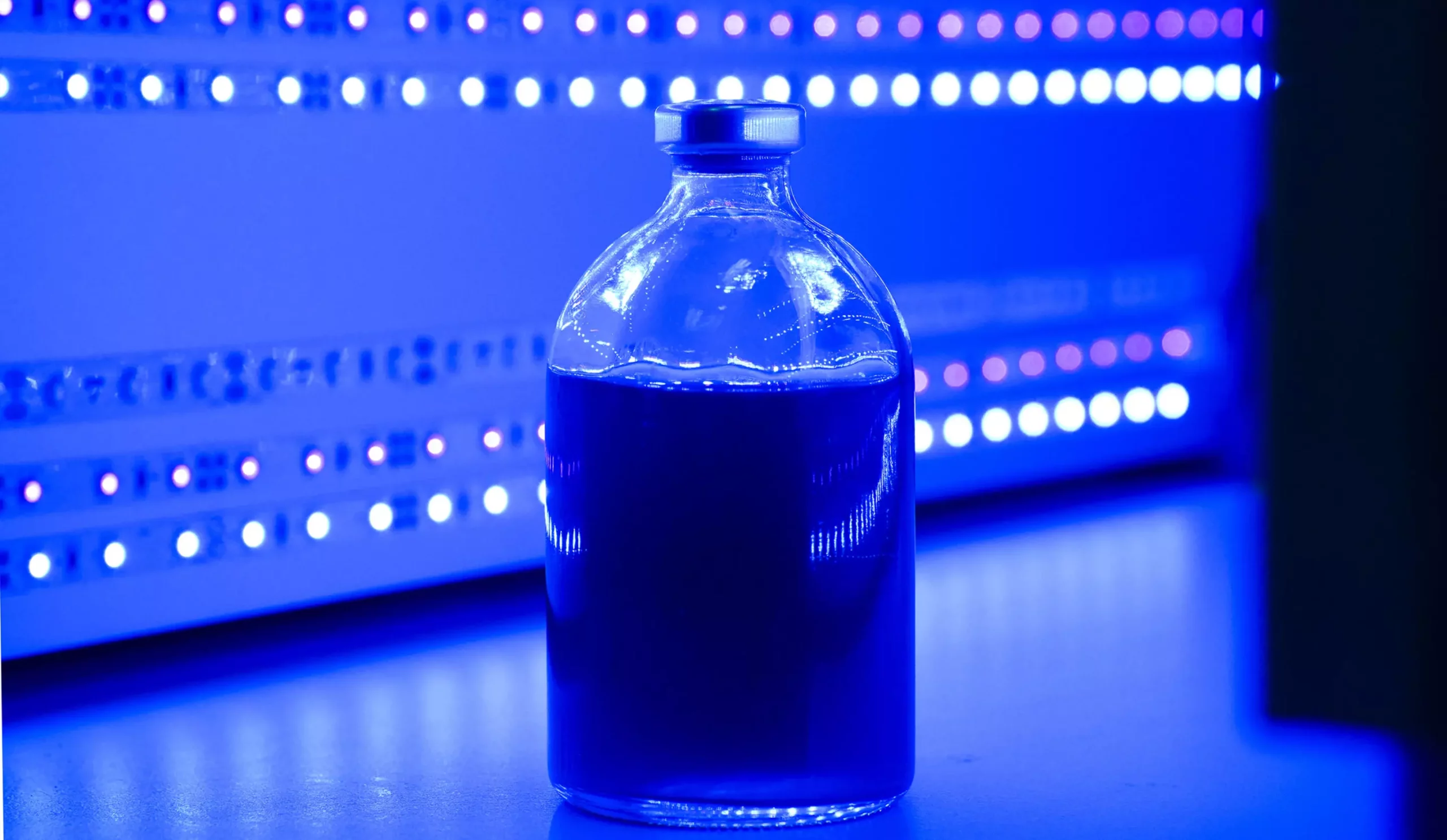Nitrogenases are essential enzymes that play a crucial role in providing bioavailable nitrogen in the form of ammonia (NH3) to all forms of life on Earth. These enzymes also have the ability to directly convert CO2 into hydrocarbon chains, making them a promising target for biotechnological processes.
A team of researchers led by Max Planck scientist Johannes Rebelein has conducted a comprehensive study on the substrate specificity and preferences of nitrogenase enzymes. Their findings challenge the current understanding of nitrogenases and shed light on their potential for sustainable bioproduction. The research has been published in the journal Science Advances.
The researchers focused on the photosynthetic bacterium Rhodobacter capsulatus, which contains two types of nitrogenase enzymes: the molybdenum (Mo) nitrogenase and the iron (Fe) nitrogenase. They found that the Fe nitrogenase is three times more efficient in reducing CO2 compared to its molybdenum-containing counterpart. Additionally, the Fe nitrogenase showed a preference for CO2 over N2 as a substrate.
The study also revealed that the Fe nitrogenase-catalyzed CO2 reduction may be more widespread in nature than previously thought. This has implications for microbial communities in different environments, suggesting that the availability and exchange of one-carbon substrates could influence these communities significantly.
The research challenges the traditional view of nitrogenases as solely nitrogen-converting enzymes. Photosynthetic bacteria like R. capsulatus, which use light energy to stimulate nitrogenases for CO2 conversion, could have a significant impact on environmental sustainability and the shift towards a circular economy. The ability to store solar energy in hydrocarbons produced by nitrogenase enzymes opens up new possibilities for sustainable bioproduction processes.
The study led by Johannes Rebelein and his team highlights the surprising potential of nitrogenase enzymes for sustainable bioproduction. By understanding the substrate specificity and preferences of these enzymes, we can unlock new opportunities for harnessing their capabilities in environmentally friendly biotechnological applications.


Leave a Reply